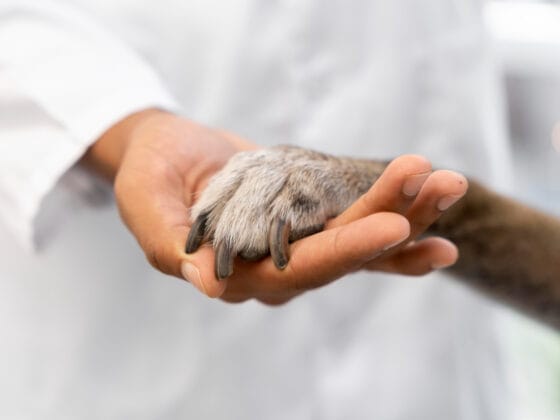Ile ma kolan pies: Understanding the Polish Phrase
When it comes to learning a new language, understanding idioms and phrases is essential for effective communication. One such phrase in Polish that often piques curiosity is „ile ma kolan pies.” Translated literally, it means „how many knees does a dog have?” In this article, we will explore the origins and meaning of this intriguing phrase, as well as its cultural significance in Poland.
The Origins of „Ile ma kolan pies”
Like many idiomatic expressions, the exact origin of „ile ma kolan pies” is difficult to trace. However, it is believed to have its roots in Polish folklore and traditional sayings. In Polish culture, dogs are often associated with loyalty, companionship, and intelligence. Therefore, this phrase may have been used metaphorically to emphasize the importance of accuracy and attention to detail.
The Meaning and Usage
While the literal translation of „ile ma kolan pies” may seem straightforward, its actual meaning goes beyond a simple question about a dog’s anatomy. In Polish, this phrase is used to express skepticism or doubt about the accuracy of a statement or claim. It is often employed in situations where someone suspects that the information they are being given may not be entirely truthful or reliable.
For example, imagine a conversation between two friends:
Friend A: „I won the lottery yesterday!”
Friend B: „Ile ma kolan pies? Are you sure about that?”
In this context, Friend B is expressing doubt about Friend A’s claim, questioning the veracity of their statement. The phrase serves as a gentle way to challenge the truthfulness of the information without directly accusing the speaker of lying.
Cultural Significance
The use of idiomatic expressions like „ile ma kolan pies” reflects the cultural values and communication style of the Polish people. Poles are known for their directness and honesty, and this phrase is a prime example of their straightforward approach to questioning information.
Furthermore, the use of animals in Polish idioms is quite common. Dogs, in particular, are often used to convey various emotions and attitudes. For instance, phrases like „szczęśliwy jak pies z kulawą nogą” (happy as a dog with a lame leg) or „głodny jak wilk” (hungry as a wolf) are frequently used to describe someone’s state of mind or physical condition.
Examples of Usage
To further illustrate the usage of „ile ma kolan pies,” here are a few more examples:
- „Ile ma kolan pies, żeby to uwierzyć?” (How many knees does a dog have to believe that?) – Expressing disbelief or skepticism.
- „Nie wierzę w to, ile ma kolan pies!” (I don’t believe it, how many knees does a dog have!) – Expressing astonishment or surprise.
- „Ile ma kolan pies, żeby to było prawdziwe?” (How many knees does a dog have for it to be true?) – Questioning the likelihood or probability of something.
Summary
The phrase „ile ma kolan pies” is a fascinating idiom in the Polish language. Its origins in folklore and traditional sayings, as well as its usage to express doubt or skepticism, make it an intriguing aspect of Polish culture. By understanding idiomatic expressions like this, language learners can gain deeper insights into the cultural nuances and communication styles of the Polish people. So, the next time you come across „ile ma kolan pies,” remember its metaphorical meaning and the cultural significance it holds in Poland.







